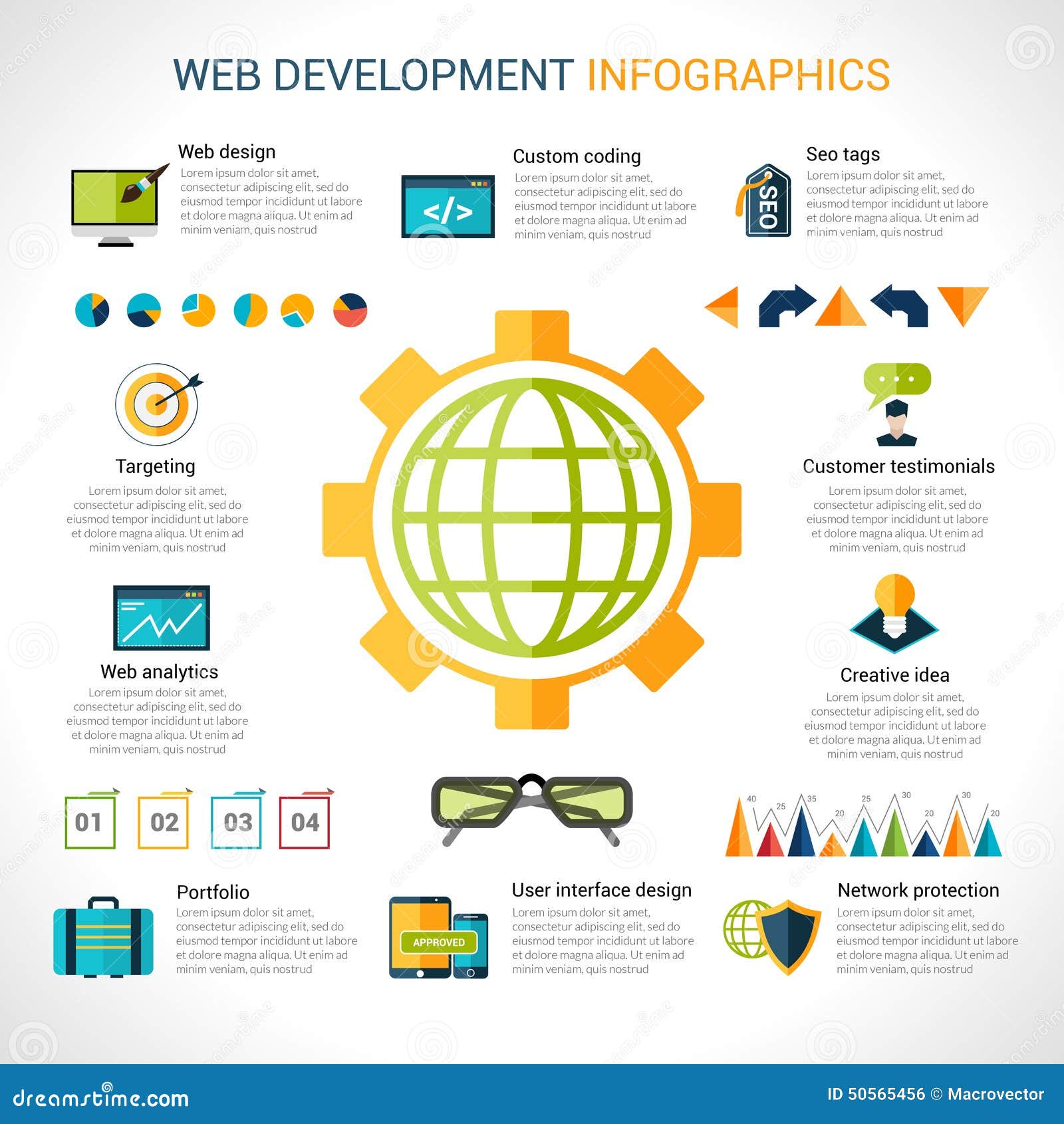The Evolution Of Web Site Design: From Past To Present
The Evolution Of Web Site Design: From Past To Present
Blog Article
Article By-Booker Dalby
In the past, sites were basic and focused on information. Navigating was straight, and layout was for desktops. Now, customer experience is essential. Information overviews layouts for easy navigating. Receptive formats match different tools. Today, dark setting lowers pressure, and minimal menus boost navigating. Interactive attributes engage users, and vibrant visuals attract attention. https://caidentohcw.blogvivi.com/27526608/check-out-the-complex-interaction-in-between-website-hosting-and-search-engine-optimization-to-acquire-an-extensive-recognition-of-its-impact-on-search-engine-positions increases interaction. See how style has actually progressed to enhance your on the internet journey.
Early Days of Website Design
In the very early days of website design, simpleness preponderated. Sites were standard, with restricted shades, fonts, and formats. The focus was on supplying details rather than flashy visuals. Users accessed the net through slow-moving dial-up links, so speed and capability were vital.
Navigation food selections were straightforward, normally located on top or side of the web page. Web sites were created for home computer, as mobile browsing wasn't yet prevalent. Web content was king, and designers focused on easy readability over intricate design aspects.
HTML was the key coding language made use of, and developers had to function within its restrictions. Animations and interactive functions were very little contrasted to today's requirements. Websites were fixed, with little dynamic content or personalized individual experiences.
Rise of User-Focused Design
With the advancement of site style, a change in the direction of user-focused style concepts has actually ended up being progressively popular. Today, producing websites that focus on customer experience is vital for engaging site visitors and attaining business goals. User-focused design involves comprehending the needs, choices, and actions of your target market to customize the internet site's layout, content, and features as necessary.
https://www.forbes.com/sites/forbesagencycouncil/2020/04/24/digital-marketing-matters-now-more-than-ever/ carry out complete study, such as individual studies and use screening, to gather insights and responses straight from customers. https://mylesojcxp.get-blogging.com/27467130/journey-with-the-elaborate-web-of-just-how-internet-site-holding-impacts-seo-for-a-much-deeper-understanding-of-its-influence -driven approach assists in developing user-friendly navigating, clear calls-to-action, and aesthetically enticing user interfaces that reverberate with visitors. By placing the user at the center of the design process, web sites can deliver a more personalized and enjoyable experience.
Receptive style has actually also emerged as a key facet of user-focused layout, guaranteeing that internet sites are enhanced for different gadgets and screen dimensions. This versatility improves ease of access and use, satisfying the varied means individuals communicate with internet sites today. Basically, the increase of user-focused design indicates a change in the direction of producing digital experiences that focus on the requirements and assumptions of completion individual.
Modern Trends in Web Design
Explore the most up to date trends shaping website design today. One noticeable pattern is dark setting style, offering a smooth and contemporary look while lowering eye strain in low-light environments. One more key trend is minimal navigating, simplifying food selections and boosting individual experience by concentrating on essential elements. Integrating micro-interactions, such as animated buttons or scrolling results, can develop a more interesting and interactive internet site. Receptive layout remains vital, guaranteeing seamless customer experiences throughout numerous devices. Additionally, utilizing bold typography and asymmetrical designs can add visual passion and accentuate certain material.
Integrating AI technology, like chatbots for customer support or tailored recommendations, boosts customer interaction and enhances processes. Accessibility has additionally come to be a significant trend, with developers prioritizing inclusive style techniques to accommodate varied customer demands. Embracing sustainability by optimizing internet site performance for speed and efficiency is one more arising pattern in web design. Collaborating with user feedback and information analytics to iterate and boost style continuously is essential for remaining appropriate in the ever-evolving electronic landscape. By welcoming these contemporary trends, you can create an aesthetically appealing, straightforward internet site that reverberates with your target market.
Final thought
As you review the development of website design from the early days to now, you can see how user-focused design has become the driving pressure behind modern-day fads.
Accept the journey of change and adjustment in website design, constantly keeping the individual experience at the forefront.
Keep current with the latest patterns and technologies, and never quit advancing your method to produce aesthetically spectacular and straightforward sites.
Evolve, adjust, and create - the future of website design remains in your hands.
